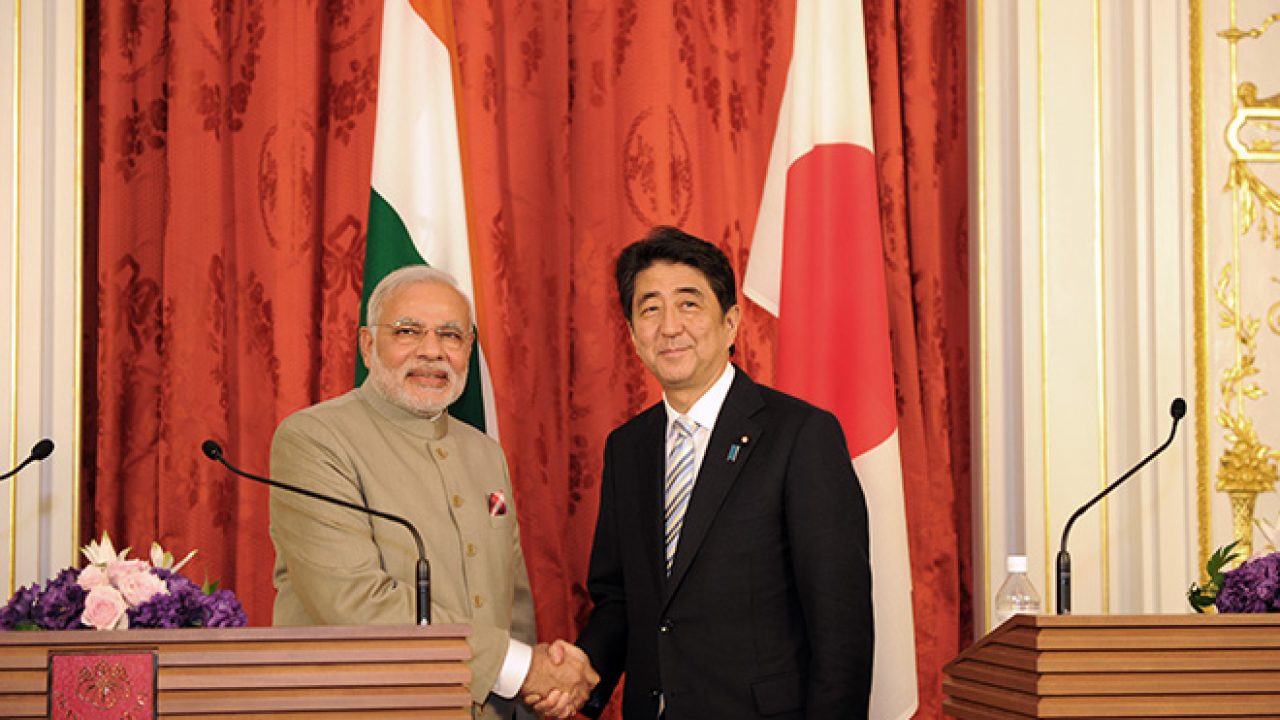In Preparation For The 2+2 Dialogue In Tokyo, India And Japan Identify Major Areas Of Defence Cooperation

- According to SIDM sources who attended the event, Satoshi Suzuki, the Japanese ambassador to India, expressed his nation's desire in taking part in self-reliance efforts through co-development
- Neeraj Gupta, the chairman of the SIDM International and Exports Committee, claimed that the two regional powers, who share similar objectives and principles
According to Anurag Bajpai, Joint Secretary (Defence Industries Production) in the Defense Ministry, India and Japan have identified projects in the areas of UAVs, anti-drone systems, robotics, underwater communication, Li-ion battery technology, and intelligence systems to strengthen their defence cooperation.
On September 8, Defense Minister Rajnath Singh and External Affairs Minister S. Jaishankar will go to Tokyo to take part in the 2+2 meeting between the two nations, which is being held in light of China’s increased pressure on Taiwan.
Defence industry dialogue
At the first virtual dialogue between the defence industries of India and Japan, it was noted that “defence PSU Bharat Electronics Ltd (BEL) is in talks with two Japanese companies, Toshiba Corporation for Li-Ion battery technology and Jupitor Corporation for the supply of an Anti Drone Systems,” according to sources.
The International Security Industrial Council—Japan and the Society of Indian Defence Manufacturers (SIDM), the leading organisation of the Indian defence industry, jointly organised the conversation.
Additionally, sources claimed that the Japan Self-Defense Forces’ Acquisition, Technology & Logistics Agency (ATLA) and the Indian Defense Ministry’s Defence Research and Development Organization had collaborated on projects involving unmanned ground vehicles (UGVs), robotics, silicon carbide (SiC) single crystal bulk growth, wafer fabrication process technology, underwater communication, underwater wireless power transmission, and fabrication facilities for developing unmanned ground vehicles.
High-tech defence systems
The Defence Ministry Officer also discussed a variety of cutting-edge defence equipment for use in the air, land, sea, and space that would be appealing to Japanese businesses.
Sanjay Kumar Verma, the Indian ambassador to Japan, attended the discussion to encourage Tokyo to support the Aatmanirbhar Bharat initiative and two defence corridors in Uttar Pradesh and Tamil Nadu.
Verma advised that the two industry organisations speed up the development of dual-use products and technologies that have been mutually identified, with reference to the Joint Working Group on Defence Equipment and Technology Co-operation (JWGDETC).
“Around 23 Indian companies had shown a desire for dual-use products, and communication between Indian and Japanese businesses had begun. The ambassador commented on the results of the fifth JWGDETC, “However, the pace of contact has been gradual and there is a need to enable enterprises for regular and frequent interactions, especially in the first phases.
Self-reliance initiatives
According to SIDM sources who attended the event, Satoshi Suzuki, the Japanese ambassador to India, expressed his nation’s desire in taking part in self-reliance efforts through co-development, co-design, and co-manufacture, including manufacturing under Make in India.
Suzuki made the interesting claim that Japan, which is working on a replacement for the F-2 jet that would be retired in the middle of the 2030s, may help India construct its own fifth-generation stealth fighter as well as future naval ships and submarines.
Neeraj Gupta, the chairman of the SIDM International and Exports Committee, claimed that the two regional powers, who share similar objectives and principles, can also pool their resources to create cutting-edge technologies like artificial intelligence, 3D printing, and the Internet of Things.






Facebook Comments